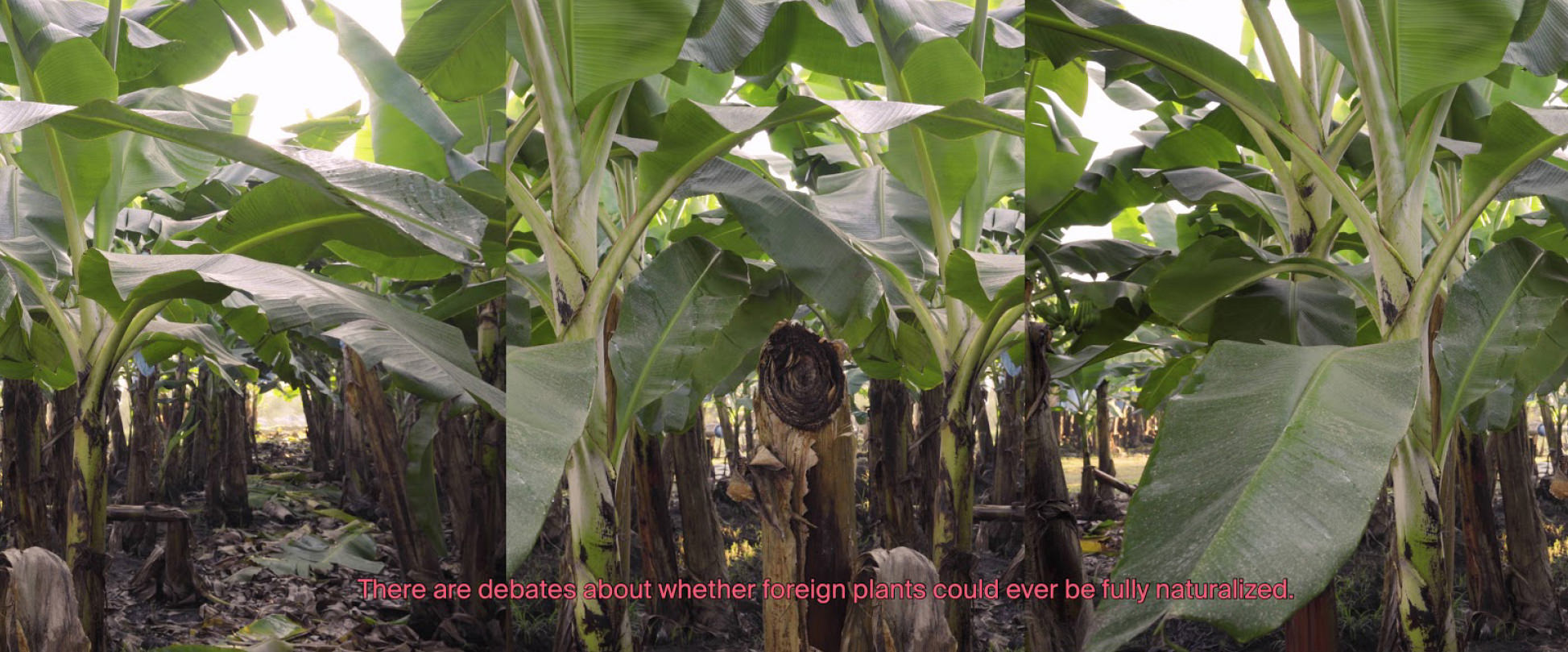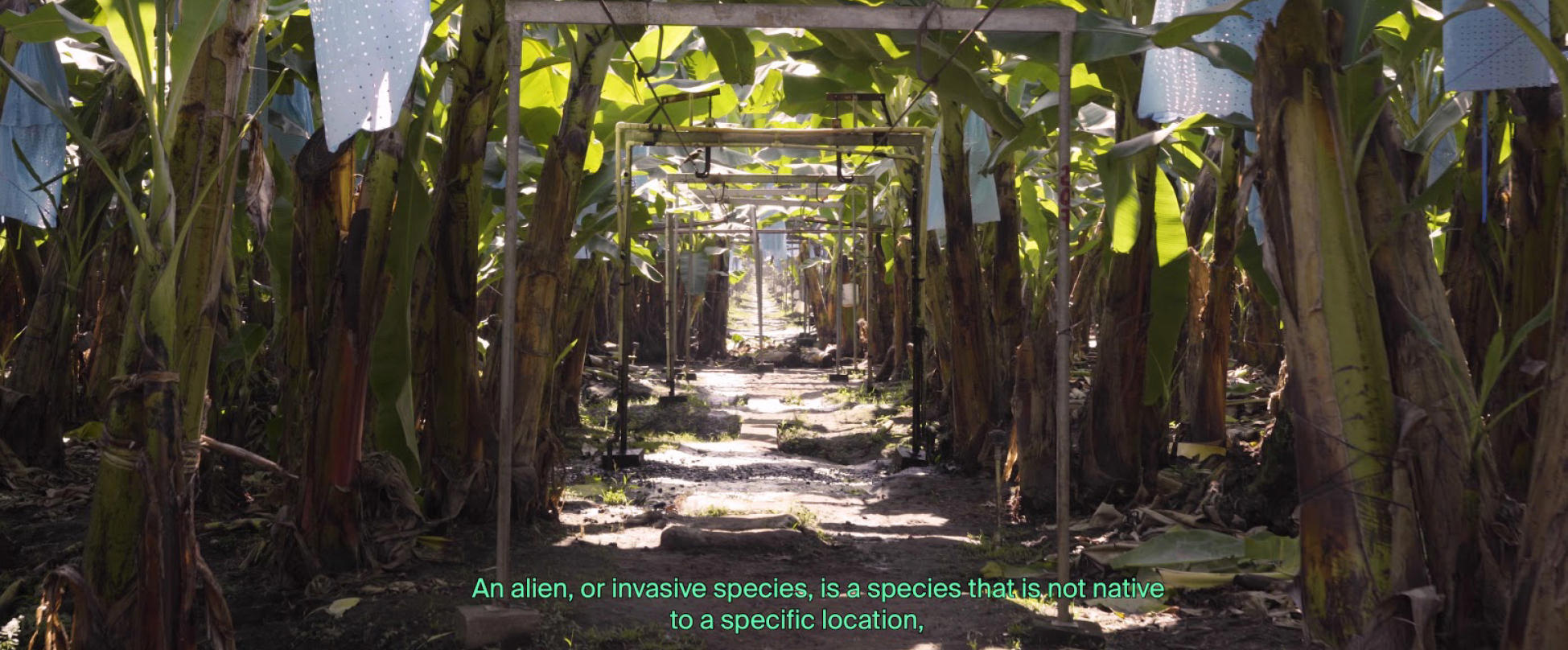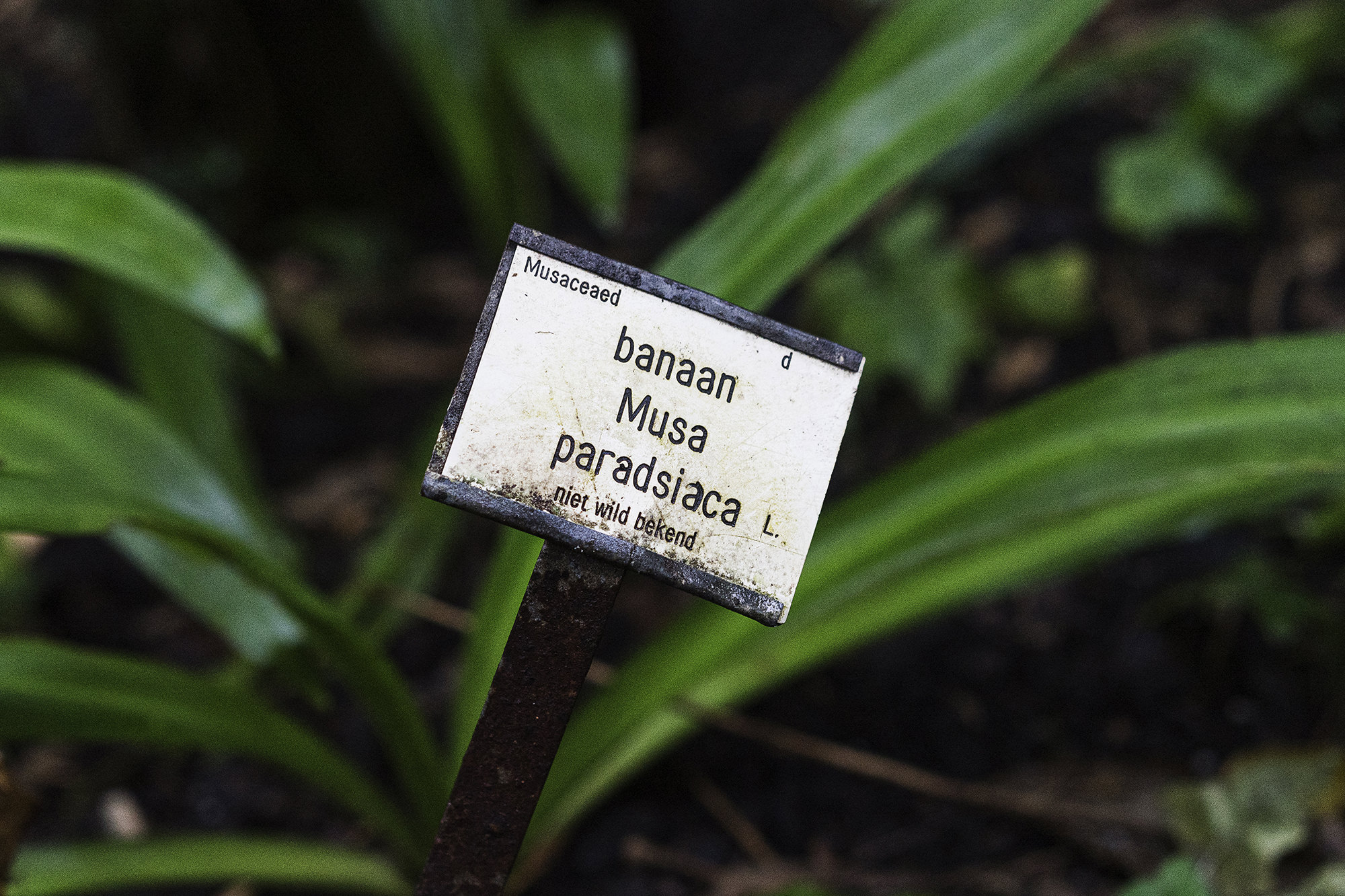LINGUISTIC HISTORY, WHICH IS ONE ASPECT OF THE HISTORY OF THE WORLD, IS TO A GREAT EXTENT CONSTITUTED BY HOW MULTILINGUALISM IS MANAGED. {1}
Translatio imperii
Translatio imperii
Translated by

Although today we commonly understand “translation” primarily in linguistic terms, as the communication of meaning from one language to another, the word originally had a much broader connotation having to do with the change that a person or thing undergoes when it moves from one place, condition, or state to another. Translation is part of a family of words that address boundary crossing, such as: transfer, transit, transport, transmit, transplant, or transcend, referring to change through movement or movement through change. To translate means etymologically to carry across, and in its original meaning «to bear, convey, or remove from one person, place or condition to another».2
With this wider framework, translation provides a useful way of considering the colonial mobilization of people, words, and things, because unlike other forms of exchange, such as “transfer” or “transit,” which speak of things moving without being changed, translation intrinsically recognizes change to be constitutive of movement and, vice versa, movement as being constitutive of change.
On the one hand, the multilingual complexity and power dynamics of the act of translation can be seen and felt in a plethora of contemporary scenarios, from discussions of national cultural boards preserving the “purity” of a certain language, to viral videos of people lashing out against other citizens for speaking Spanish in the US. On the other hand, translation has been instrumental to global connectivity and it was in colonial times that the first modern notions of cosmopolitanism were developed, not only in terms of people being able to travel to far ends of the world, but also because of the growing number of cultures that were becoming available in the metropoles. The network of maritime commercial routes, from the sixteenth to the nineteenth centuries, spanned most of the planet and were bidirectional, but it was also through these that the notion of “the center of the world” was rooted in Europe. On a more granular level, this center shifted through the centuries from Madrid, to Amsterdam, to London, but nonetheless the idea and understanding of the world as a metropolitan citizen permeated in almost every social and cultural aspect. A quote from Charles Dickens’s The Mystery of Erwin Drood illustrates this milieu, «If I had not gone to foreign countries, young man, foreign countries have come to me».3 It was to live, in the fullest sense, in a world constituted by translation.
TRANSPLANTATION
The commerce of natural resources—specifically botanical specimens extracted from the colonies—represents a solid case of a single activity that collapses the historical, political, economic, and exploitative aspects of translation: the physical transportation of objects, the displacement of people, the transfer of rights or jurisdiction, metaphorical transfer, and the movement of ideas.
One need not look far for evidence of the intertwined relation between the construction of empire and its reliance on exploitation of natural resources.4 Quoting Alan Bewell, «far from being separate from the dominant concerns of British imperial culture, nature was integrally bound up with the business of empire».5

Gentle reader!
Lo, here a camera obscura is presented to thy view,
in which are lights and shades dancing on a whited canvas, and magnified into apparent life!—if thou art perfectly at leisure for such trivial amusement, walk in, and view the wonders of my inchanted garden.6
The quoted text above is a fragment of the preface to Erasmus Darwin’s The Loves of the Plants, a 160 page long poem about the sexuality of flowers published in the eighteenth century. While this might at first seem like a highly arcane, niche piece of literature, it was actually a best-seller at the time, for botany was a trending interest in British society. It is also noteworthy that this interest boomed in England in part due to the translation into English of Carl Linnaeus’s seminal work Systema Naturæ.7 Darwin’s poem illustrates the latest in botanic research at the time, taking as its main theme the sexuality of flowers (it had recently been discovered that flowers had both male and female organs, as explicitly referenced in the Linnaean system). Beyond these amusing tidbits, a couple of stylistic decisions were highly striking for the book’s audience, and relevant to this investigation. The first notable stylistic decision is the way in which the poem creates images of the plants and flowers it describes, rendering them in a cinematic dimension by presenting the reader with an image projected by a camera obscura. The other structural component of the poem, also advanced in the preface, sets up the encounter with the content as a leisurely and trivial walk, an “enchanted garden,” almost like a vegetal amusement park.
Having a variety of plants and flowers gathered in a single garden entails a double operation: a delinking of these species from their natural geographies, and through this movement, allowing the reader to think of plants less as nature and more as commodities.
This materialist approach to botanic specimens is also evident in Henry Jones’s Kew Garden, a poem published in the eighteenth century, inspired by a visit to the Royal Botanic Gardens of Kew erected in 1759. In Jones’s poem, however, the perspective is aimed towards the possibility for migration that the British empire allowed:
Every clime its richest growth sends here
(…)
[A] treasure-house
Of all that East, West, and South can yield
(…)
where every stranger finds his native home,
And blooms as if beneath parental skies.8

In terms of language, what stands out is the reinterpretation of social relations using the terms of horticulture. For example, “naturalization” was commonly used in botany to refer to plants and animals that had succeeded in establishing themselves in new environments. However, the word had its origin in «sixteenth- and seventeenth-century civil law, where it referred, as it does today, to the process in which the rights or privileges of citizenship were accorded to foreign persons or immigrants».9
The plants in the Kew Garden, and in every botanic garden for that matter, are truly immigrants that have undergone a process of naturalization. It is worth recovering here the fact that for a very large number of species, especially the plants from tropical regions, special resources had to be provided and technical developments made in order to provide for suitable living conditions. It was not only the cost of expeditions and the distances travelled to gather these specimens, but also an active disposition of time and resources to recreate appropriate living conditions once they were brought back. Jones’s poem suggests that the conditions that allowed the migrant plants to establish their place in this new diasporic nature, is a direct grant conceded by the grace of the King.
An argument could be made for the cosmopolitan ideals articulated by Darwin and Jones, but no mistake should be made regarding the transnationals in question, for it is not people, but plants, they are talking about. Both poets assemble a cosmopolitan nature that mirrors their understanding of Britain’s relationship to the colonial world.
It is easy to read “enlightened” natural history as a neutral endeavor, one that advanced science and human knowledge in a disengaged way. Certainly, these texts made it possible to understand nature in global terms, but it is perilous to forget that we are reading nature in translation.
A critical reading of natural history allows us to tie in a wide array of colonial practices that lie hidden behind the apparently neutral trickery of translation. «By breaking through the invisibility of this translational practice and the monolingualism and monoculturalism that it implies, we can begin to see these texts not as straightforward representations of a given nature, but as cross-cultural activities that customarily sought to possess these natures in and through the act of translating them.»10
ERASURE OF DIFFERENCE: LINNAEAN SYSTEM
Carl Linnaeus is famous for having thought of himself as a second Adam, for having completed the project of naming the world first begun in Eden. Under the blanket of scientific objectivity, the Linnaean taxonomy, developed in the 1730s, erected a singular system to classify living organisms. The binomial nomenclature (or scientific naming system) developed by Linnaeus was built with Latin as its backbone. This decision allowed scientists to be able to talk precisely about any specific plant or animal, overcoming variations of names for a single species, and more importantly, it made possible for the first time the discussion of any singular species across languages. This naming system was one of the first universalist approaches to the ever-increasing number of products and information that international trade and colonies made available. The Linnaean System implicitly carried with it the scientific ethos that everything could be spoken about, discovered, analyzed, and understood. The binomial nomenclature contextualized the naming of living beings as a neutral, academic endeavor: «If you do not know the name of things», Linnaeus wrote in Philosophica Botanica, “the knowledge of them is lost, too». «The plants and animals that came under his scrutiny were not so much being named for the first time as scientifically renamed and culturally recoded, that is, translated in the fullest sense of the word».11 In other words, this act of naming was a sanitizing method executed in a double move: first, it made plants and animals graspable and communicable among European readers, and second, the universal naming convention rendered every species in a Platonic vacuum, eliminating the geographic origin of its objects of study.
It is worth underlining the fact that Linnaeus chose Latin as the language to be used for naming species. By 1735, when he published the first edition of Systema Naturae in Leiden, Latin was the customary language for the scientific literature of the day, in part because it was the prestige language for knowledge production, and also because it allowed authors to reach a wider peer audience for their works across the continent. Latin, a “dead language” even then, was used because of its semantic stability. This fact made it an ideal choice for transactional communication and became the lingua franca for botanists and biologists.
Latin, as an imperial language, carries the symbolic imprint of the Roman civilization. The activities of territorial conquest metaphorically resonate with the project of renaming its “subjects” according to the will of the “center,” so it can be argued that, following Friedrich Nietzsche, «indeed, translation was a form of conquest».12 The implementation of Latin as a lingua franca for scientific classification of fauna and flora allowed natures from around the globe to be seen in “local terms,” and in the process, changed the nature of places where plants and animals were replaced by others, or when indigenous plants were given new scientific names and used for new purposes.
Although it was not an immediate succession of events, it is also not a coincidence that English became the dominant lingua franca of international diplomacy, business, science, and technology. The historian J.G.A. Pocock has argued that British society at the end of the seventeenth century underwent a fundamental change as they developed a new sense of their history and of their political identity based on commerce, «suited for a world of moving objects».13 After all, Britain was first and foremost a maritime empire that had trade networks all over the world. The influence of being at the center of an empire running on global commerce and transit routes ran deeply on the cultural level, to the point where the British became known as a seafarer nation and a naval power. A singular example that ties in linguistic, scientific, and cultural legacy is the grandson of the aforementioned Erasmus Darwin, Charles Darwin, who developed his theory of evolution during the notorious Beagle expedition around the globe. Charles Darwin’s case is interesting here for three reasons. First, because his research and publications were made possible by his ability to join an expedition around the globe on a hydrographic survey for the Royal Navy; second, because one of the tenets of his theory of evolution held that populations change to adapt to their environments (the multiple adaptations of a species is a consequence of their movements); and third, because On the Origin of Species, in the same vein as his grandfather’s Botanic Garden, was written for non-specialist readers and attracted widespread interest upon its publication. In the case of both books, highly novel scientific ideas, whose discovery and development were made possible by commercial and imperial movements, were twice translated, to be fitting for communication with wider audiences in many parts of the world.
Of course, their books were by no means the first to describe and communicate natural findings from across the world. The first natural history of the New World, hailing from 1526, was Gonzalo Fernández de Oviedo’s Natural History of the West Indies, and others came from colonial settlements in the Caribbean, Spanish America, the Dutch-controlled East Indies, India, and Surinam. According to Bewell, «as important as these studies were, they had a limited reach, because they were written in different languages and there was no universally accepted system of nomenclature, classification, and description».14 For the cases of Linnaeus, Erasmus, and Charles Darwin, the standard argument holds that their efforts created a “universal language of nature,” making it possible to understand nature in global terms, across time and space. They took natures that were embedded in local cultures and rewrote them so that anyone anywhere could experience them. The fact that these books were written or published in English, was a fundamental factor for their global reach and widespread community of readers.
That English has kept the Latin term translatio for translation, unlike other Romance languages that use the term traducere—for the Italian “traduzione,” the Spanish “traducción,” or the Portuguese “tradução”—is not a coincidence. Following the French linguist Antoine Berman, this has to do with the way in which Anglo-Saxon culture has conceived, since the Middle Ages, its tongue and language in general: as a system of “terms” that are useful to “communicate.” Like the Latin of scientists, if English has become the global translative language, it is so, primordially, because it considers itself as a system of permutable signs. This has a consequence: every traduction in the Anglo-Saxon field necessarily takes place in the field of translation. In other words, whereas traduction underlines the active energy and potential violence that rules such movement and its implicit modification, translation accentuates the movement of transference, covering its tracks, a much more furtive and misleading gesture.
Notes and references
- Louis-Jean Calvet, “Language Wars and Linguistic Politics,” trans. Michel Petheram (Oxford: Oxford University Press, 1998), p. 26
- Oxford English Learner’s Dictionary, “Translation” https://www.oxfordlearnersdictionaries.com/definition/english/translate
- Charles Dickens. The Mystery of Erwin Drood (London: Chapman and Hall, 1892), p. 15.
- To provide cultural and historical context for this research, several British texts (spanning three centuries–eighteenth, nineteenth, twentieth), ranging from poetry, scientific correspondence, novels, and theatre plays, were consulted.
- Alan Bewell. Natures in Translation. Romanticism and Colonial Natural History (Baltimore, John Hopkins University Press, 2017), p. 8.
- Erasmus Darwin. The botanic garden: A poem, in two parts. Part I. Containing the economy of vegetation. Part II. The loves of the plants. With philosophical notes (New York, Printed by T. & J. Swords, printers to the faculty of physic of Columbia College, 1798) p. 312.
- While Linnaeus published the first edition of his Systema Naturæ in 1735, the work that introduced the Linnaean taxonomy, it was only translated from Latin into English in 1783.
- Henry Jones. Kew Garden (London: L. Brown, 1767), p. 19.
- Alan Bewell. Natures in Translation. Romanticism and Colonial Natural History, p. 75.
- Ibid., p. 48.
- Ibid., p. 40.
- Friedrich Nietzsche. Gay Science, trans. Walter Kaufmann (New York: Vintage Books, 1974 ), p. 136.
- J.G.A. Pocock, “The Mobility of Property” in Virtue, Commerce, and History (Cambridge University Press, Cambridge, 1985), p. 108.
- Alan Bewell. Natures in Translation, p. 34.
